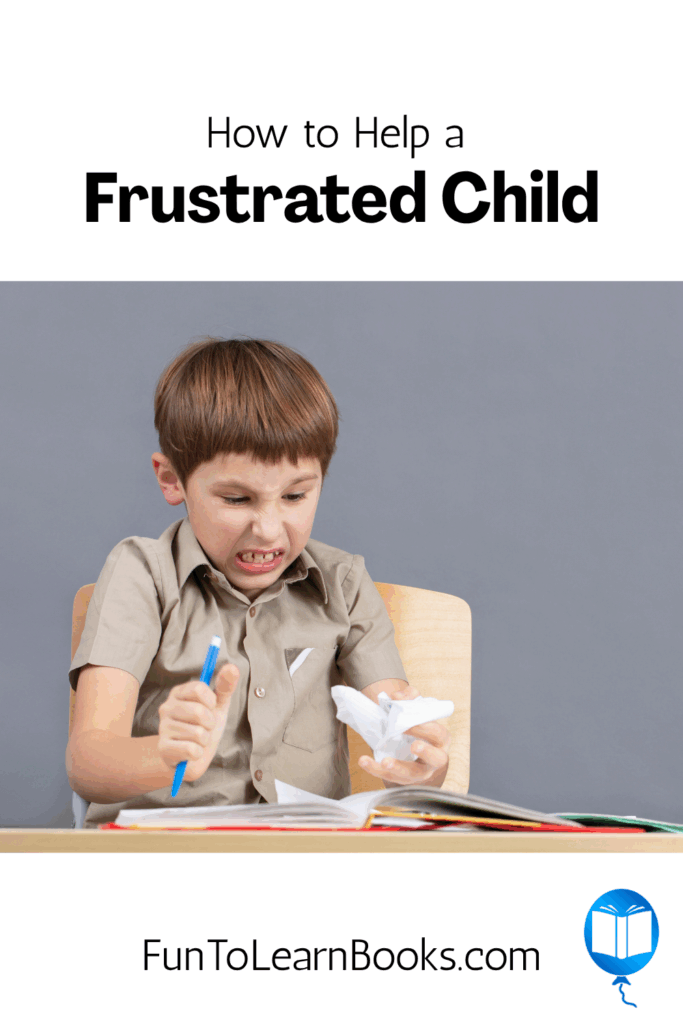Everyone gets frustrated. But if you’re reading this, it’s likely because your child isn’t managing that emotion well. Maybe your child says or does destructive things when things don’t go their way. The good news? There are three powerful ways you can help your child learn to manage frustration in healthy, constructive ways.
1. Start with Prevention
The best way to deal with frustration is to help your child avoid becoming unnecessarily frustrated in the first place. Prevention includes addressing both physical and emotional triggers.
Physical Prevention Strategies
A well-rested, nourished, and active child is far more likely to handle setbacks calmly. Here’s how to support that:
- Prioritize sleep: Establish a consistent bedtime routine and eliminate obstacles to regular, restful sleep.
- Offer nutritious meals and snacks: Avoid long stretches without food or water, which can make emotions harder to regulate.
- Encourage regular exercise: Movement reduces stress and supports emotional regulation. Build physical activity into your homeschool day—especially for children who are more prone to frustration.
- Create a comfortable workspace: Make sure your child has a quiet, cozy environment with minimal distractions. Add cushions, natural light, or a standing desk if it helps them feel more at ease.
Emotional Prevention Strategies
If your child tends to be emotionally triggered by certain people or situations—like a sibling interrupting during schoolwork—take steps to minimize those triggers:
- Offer a personal workspace with a folding screen or noise-canceling headphones.
- Let your child work separately from siblings when needed.
- Avoid situations or interactions that predictably lead to frustration, especially while your child is still learning coping strategies.
If sibling rivalry is an issue, be sure to check out the previous post in this series.
2. Teach Self-Awareness
Once you’ve addressed the triggers, the next step is helping your child recognize the early signs of frustration.
Identify Physical and Mental Cues
Ask your child what frustration feels like in their body and mind. Share your own signs to help them reflect:
- Physical signs (mine): Tight stomach, shoulders rising, clenched fists, rough handling of my mouse, and a louder voice.
- Mental signs (mine): Thoughts like “This is too much,” “This is ridiculous,” or even name-calling in my head.
Help your child think through their own:
- What does frustration feel like physically?
- What thoughts do they have when they’re getting upset?
- What kinds of situations provoke frustration most often?
Naming these early cues gives your child the power to respond before things spiral.
3. Coach Positive Coping Strategies
When your child can recognize frustration coming on, they’re ready to substitute more constructive behaviors.
The #1 Strategy: Take a Break
Teach your child that walking away isn’t quitting—it’s a smart way to:
- Calm down physically
- Reframe their thoughts
- Consider new solutions
- Ask for help
If you’re a faith-based family, prayer can be a great way to ask for support. Your child might also turn to a trusted adult—or even AI tools (with your guidance)—for help with a challenging task.
Physical Reset Ideas
- Drink water or have a healthy snack
- Take a walk or go for a bike ride
- Do some stretches or jumping jacks
If your child is already frustrated, ask gently:
“Would it help to take a short break?”
“Would you like me to help or just listen?”
These questions create space for a healthy reset instead of escalation.
What to Do After a Frustration Episode
If your child reacts destructively, wait until they’re calm (unless there’s danger involved) before discussing what happened. This is a valuable learning moment—not a time for punishment. Your child likely already feels punished by the frustrating situation.
Talk through the event together:
- Were prevention strategies (like sleep or personal space) in place?
- What physical or emotional signs were missed?
- What could they have done differently when they noticed those signs?
Affirm your child’s ability to improve. Normalize the challenge of frustration by sharing your own experiences or stories of adults who still struggle with this emotion. Use examples from reading, media, or daily life to explore both positive and negative responses to frustration.
Progress Is Possible
With practice, patience, and praise, your child will grow in their ability to manage frustration. In Training Aliens: Level I, kids get fun, story-based opportunities to practice this essential emotional skill in a safe, engaging way.
To read the next post in this series, click here.


